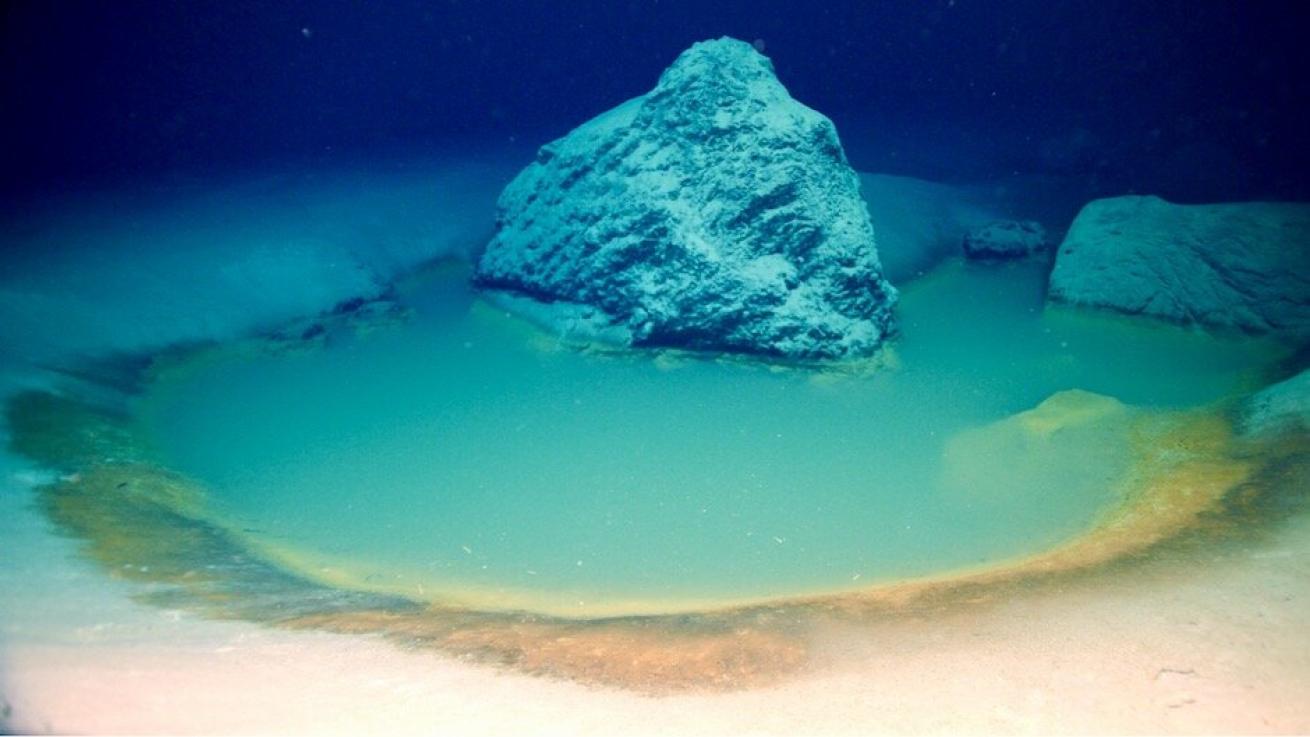Scientists Discover Incredibly Salty Underwater Lakes On the Floor of the Red Sea
Scientists have discovered rare brine pools on the floor of the Red Sea. These salty “underwater lakes” hold clues about how the world’s oceans formed millions of years ago and could shed light on the origins of life on Earth and beyond, according to a new study.
In partnership with the marine exploration nonprofit OceanX, University of Miami scientists used a remotely operated vehicle to explore the Gulf of Aquaba, a northern extension to the Red Sea. They discovered the massive brine pools more than a mile beneath the water’s surface about a mile from the coast. Prior to this discovery, it was thought that all Red Sea brine pools were located at least 15.5 miles offshore.
Deep sea brine pools have only been found in three bodies of water: the Gulf of Mexico, the Mediterranean Sea and the Red Sea. One of the most extreme environments on the planet, they completely lack oxygen. Anything marine animal that swims into them is paralyzed or killed. Yes, despite this “pickling” effect, they’re full of microbial life.

Courtesy University of MiamiBrine pools have no oxygen but are full of microbial life.
"Our current understanding is that life originated on Earth in the deep sea, almost certainly in anoxic—without oxygen—conditions," UM Department of Marine Geosciences chair and study lead Sam Purkis told Live Science. "Deep-sea brine pools are a great analog for the early Earth … Studying this community hence allows a glimpse into the sort of conditions where life first appeared on our planet, and might guide the search for life on other 'water worlds' in our solar system and beyond."
The extreme conditions of brine pools preserve vital information about climatic changes from millennia ago, like ancient tsunamis, flash floods and earthquakes. Scientists will decipher these with other faults and fractures in the sea bed to better understand the tectonic history of the region and what infrastructure changes could be prudent for the future. Scientists also hope the microbes can facilitate the development of novel medical treatments as other pools in the Red Sea contain bioactive molecules with potential antibacterial and anticancer properties.










